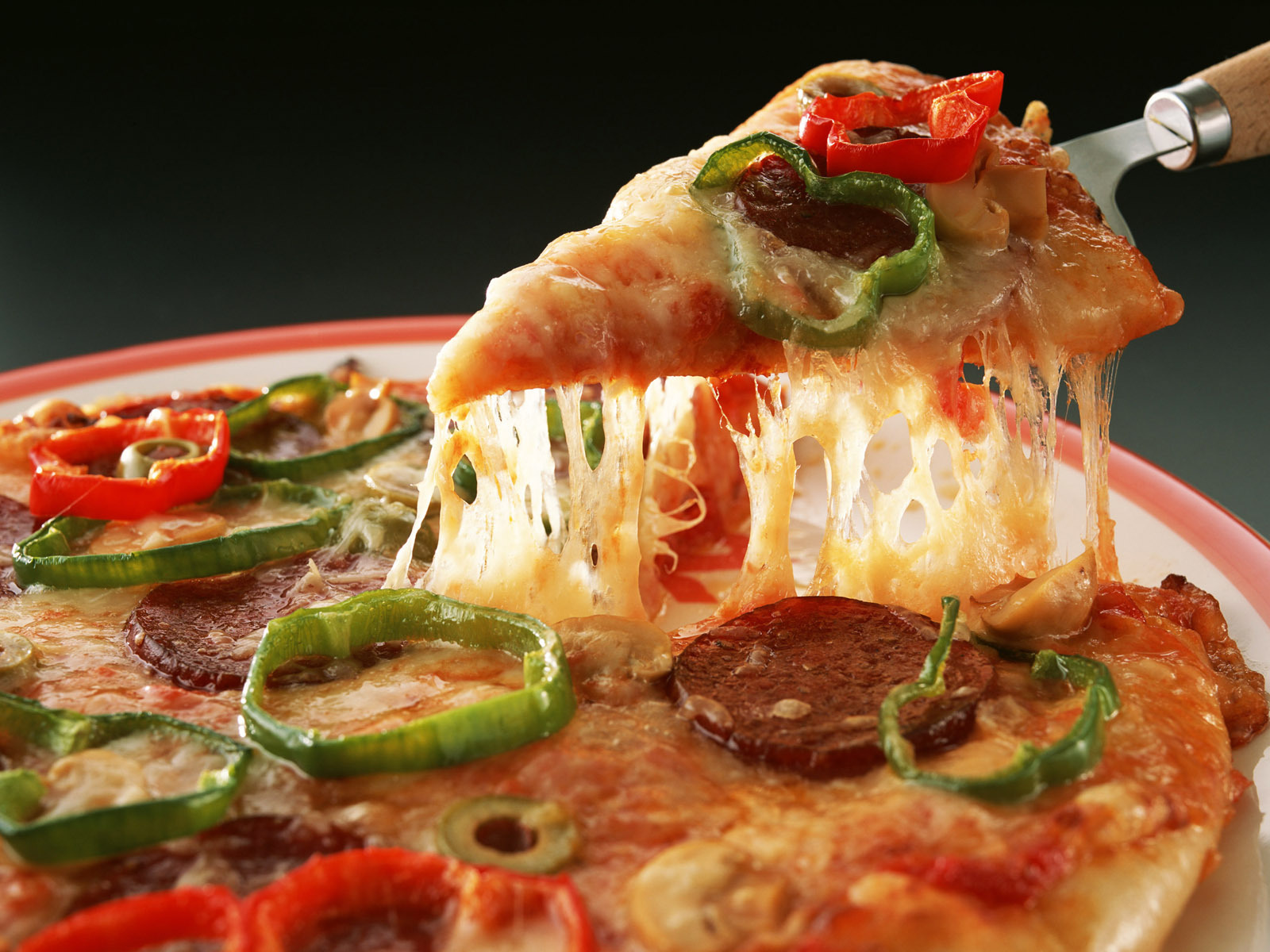









For as long as I can remember I have been fascinated by non animal means…
204 hits
Do We Still Love our Nation to Fight For it? Reflections 81 years after the…
320 hits
Australia's Spirit at the Crossroads – Time to Shake Off the Mud At dawn, when…
323 hits
Muddy, Battered, and Waiting for the Next Kick-Off After a rugby match, the ball always…
304 hits
Dusty Gulch Gazette – Special Edition (Front Page) RUCTION AT THE GULCH OVAL: SETTLED THE…
467 hits
Some men belong to history. Others belong to the national conscience. Bruce Ruxton was the latter.…
373 hits
The Prime Minister Who Disappeared There are many ways for a Prime Minister to leave…
427 hits
From Whitlam to Bondi Beach, how moral evasion became cultural habit Australia has woken up…
441 hits
At 9:41am on Monday, 15 December 2014, Man Haron Monis forced Tori Johnson, the manager…
513 hits
Recent news in Australia has sparked debate: a ban on social media for under-16s. The…
394 hits
Dusty Gulch Gazette – Special Scandal Edition By Roderick (Whiskers) McNibble – Foreign Correspondent, Rodent…
392 hits
Back in 1904, H. G. Wells published a short story called “The Country of the…
411 hits
Education, often celebrated as a beacon of enlightenment and progress, can also become a potent…
412 hits
On December 9, 2019, New Zealand's White Island erupted .claiming 22 lives and leaving survivors…
426 hits
They say the pen is mightier than the sword, and nowhere is that truer than…
405 hits
Before the sun had fully risen over Hawaii, a chain reaction had begun — one…
498 hits
“Minor Problem: I Identify as a 73-Year-Old Tabby, Therefore I’m Legally Entitled to X (and…
535 hits
Dusty Gulch Gazette – Special Duck Census Edition By Roderick (Whiskers) McNibble – Foreign Correspondent,…
407 hits
Flysa spent some of the early years of his life managing construction projects in the…
445 hits
In the heart of Ballarat in 1854, a ragtag coalition of gold miners took a…
559 hits
The Bhopal Gas Tragedy: Forty-One Years On — A Legacy That Still Breathes, Bleeds, and…
411 hits
Henry J. Kaiser: The Self-Made Miracle Worker and the Legacy of Vision This article builds…
475 hits
The birth of Australia’s iron ore industry wasn’t just an economic milestone - it was…
463 hits
The Quiet Hanson: Why Lee Sherrard Might Just Save One Nation (and Why She Might…
663 hits
Dusty Gulch Gazette – Emergency Midnight Edition November 27, 2025 – Vol. 147, No. 320…
475 hits
From a disease-ravaged ship anchored off a windswept coast… to thirteen scrappy colonies telling the…
442 hits
In Muriel Spark’s The Prime of Miss Jean Brodie, a charismatic Edinburgh teacher enchants her…
610 hits
Elon Musk is more than a billionaire tech mogul...he’s a disruptor, a visionary, and a…
448 hits
Yes, let’s be honest. The days when the Irish, Scots, Italians, Greeks, Poles, Hungarians, Poms,…
471 hits
Picture this: You’re sitting down for a family dinner, and instead of chatting about school,…
462 hits
Dusty Gulch Gazette November 21, 2025 – Vol. 147, No. 312 By Jedediah "Dust" Harlan…
493 hits
by Roderick (Whiskers) McNibble - Chief Correspondent for Ratty News - Aeronautical and Ornithological Division…
477 hits